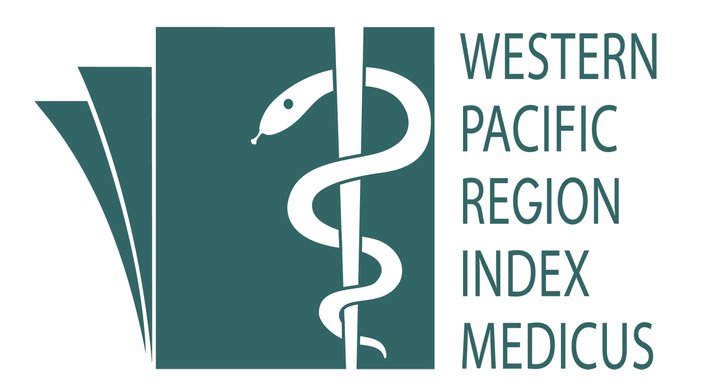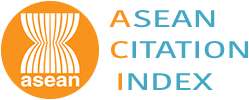Pengurusan Sisa Penjagaan Kesihatan Pesakit di Rumah oleh Penjaga bagi Pesakit yang Menghidap Penyakit Tidak Berjangkit: Ulasan Naratif
Home-Based Healthcare Waste Management for Patients with Non-Communicable Diseases: A Narrative Review
Keywords:
Sisa penjagaan oleh pesakit di rumah, Penyakit Tidak Berjangkit, Pengurusan sisa, PenjagaAbstract
Introduction:
Healthcare waste management is crucial for protecting the environment and public health. In the context of caring for patients with non-communicable diseases (NCDs) at home, the generation of hazardous waste such as sharps and infectious materials requires effective management to reduce the risk of contamination and infection. This narrative review aims to identify the types of waste generated, disposal practices, and challenges encountered in home-based healthcare waste management for NCD patients.
Methodology:
This study employed a narrative review approach by examining journal articles, case reports, and guidelines related to home-based healthcare waste management for NCD patients over the past ten years. Literature searches were conducted in databases such as PubMed, Scopus, and Web of Science.
Results:
Seven articles met the inclusion criteria through the conducted literature search. Findings indicate that the waste generated consists of sharps, infectious materials, and pharmaceutical waste. However, there is a lack of proper segregation and disposal practices by caregivers. Most caregivers disposed of clinical waste together with regular household waste, increasing health risks.
Discussion:
Differences in home-based healthcare waste management practices are influenced by a country’s economic status. A lack of knowledge, specific guidelines, and monitoring mechanisms for home healthcare waste management poses challenges for safe disposal. Additionally, insufficient infrastructure exacerbates the situation in low- and middle-income countries.
Conclusion:
Training and awareness programs for caregivers, along with comprehensive policies, are needed to ensure safer and more effective healthcare waste management at home. These measures are critical for reducing infection risks and protecting the environment.
Downloads
Published
How to Cite
Issue
Section
License
Copyright (c) 2025 Siti Bazlina Mohd Rawi, Roszita Ibrahim, Mohd Hasni Jaafar, Norfazilah Ahmad, Cassidy Devarajooh

This work is licensed under a Creative Commons Attribution-NonCommercial 4.0 International License.
IJPHR applies the Creative Commons Attribution (CC BY) license to articles and other works we publish. If you submit your paper for publication by IJPHR, you agree to have the CC BY license applied to your work. Under this Open Access license, you as the author agree that anyone can reuse your article in whole or part for any purpose, for free, even for commercial purposes. Anyone may copy, distribute, or reuse the content as long as the author and original source are properly cited. This facilitates freedom in re-use and also ensures that IJPHR content can be mined without barriers for the needs of research.





